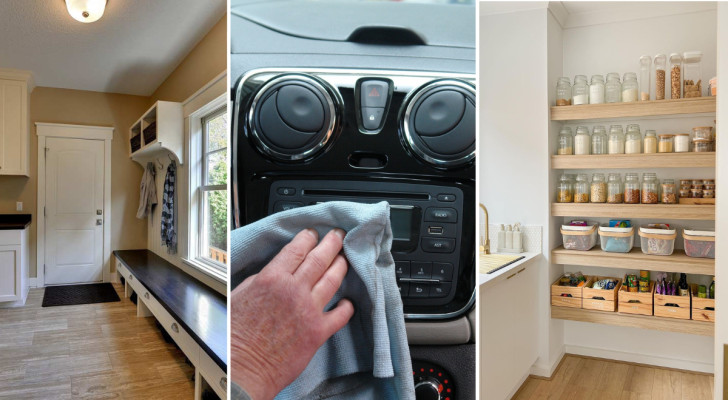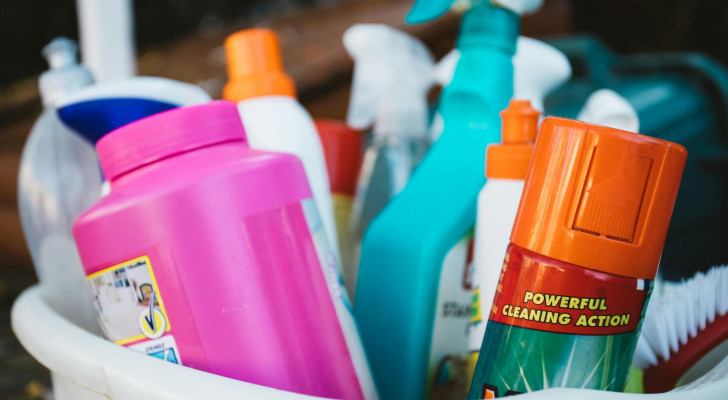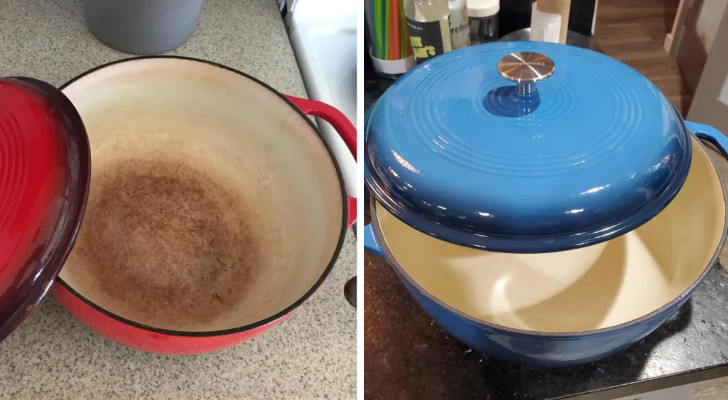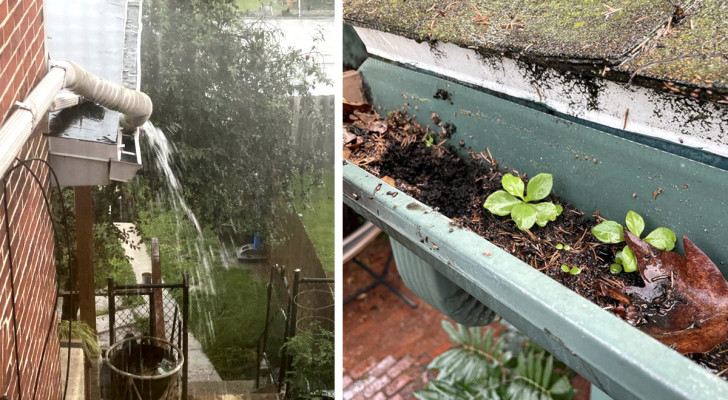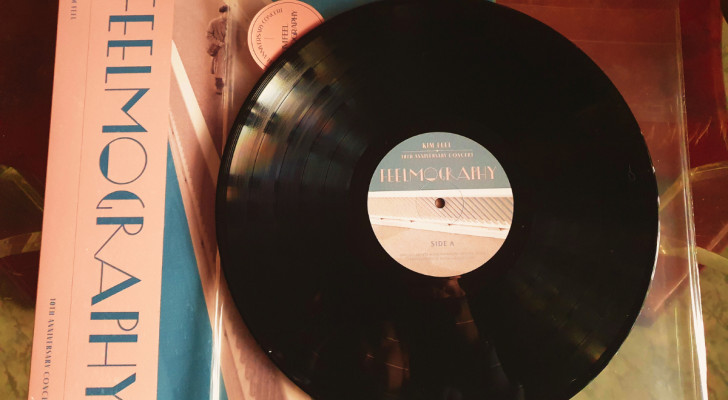Find out what items consume the most energy in your home and increase your electric bill
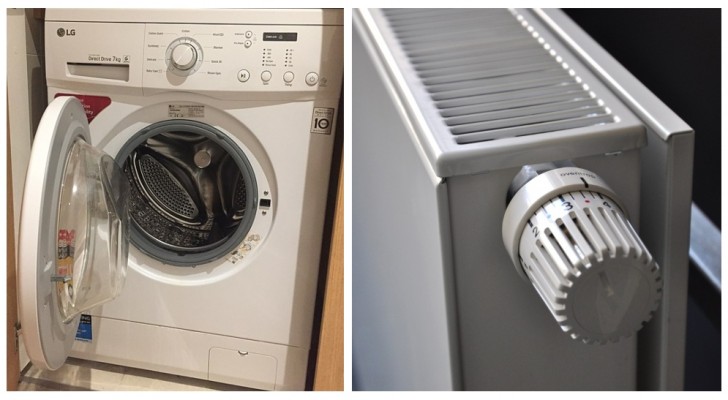
Electricity allows us to use all the objects and services that we would not be able to do without on a daily basis: well beyond just lighting and heating, we actually consume electricity every moment that we are at home, and therefore we have fixed costs to deal with, which then rise significantly at certain times of the year.
In winter, heating and lighting are the main culprits, while in summer the air conditioning systems or dehumidifiers make it possible for us to get through the hottest periods. But what are the other items responsible for our overall electricity consumption? Find out by reading further:
Heating
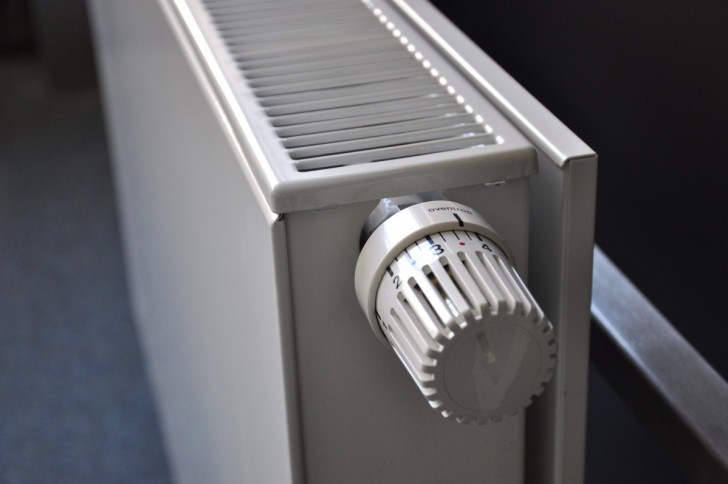
In the colder months, switching on the heating systems consumes approximately 30% of all electricity used per month in our homes. Thus, sometimes it is a good idea to adjust the system to keep them on just enough for the house to be warm when you come back from the office - the home does not need to stay warm when it is unoccupied. And improve consumption rates by using good thermal insulation, closing the doors of the rooms that are not used, covering cracks under the doors and blocking drafts in general - these are all tips that can help.
The washing machine
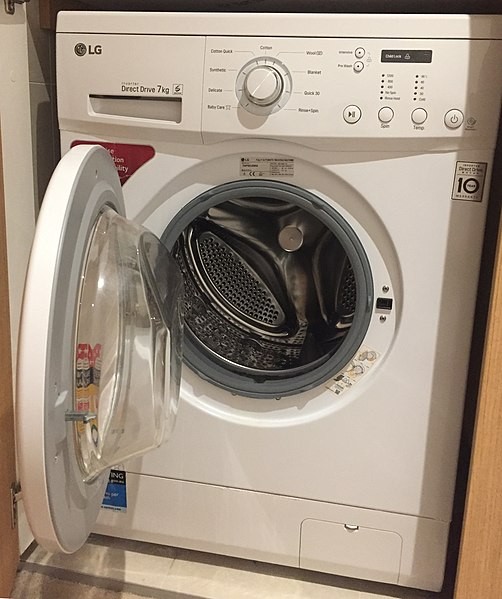
The washing machine is perhaps the most energy-intensive appliance in your house, and is even more so if we also use the dryer. While it is essential to help us maintain proper personal and home hygiene, you can at most try to use shorter washing cycles, with temperatures that are not very high and by decreasing the spin speed when it is not necessary to use these functions at maximum output or power.
Sundry electronic devices
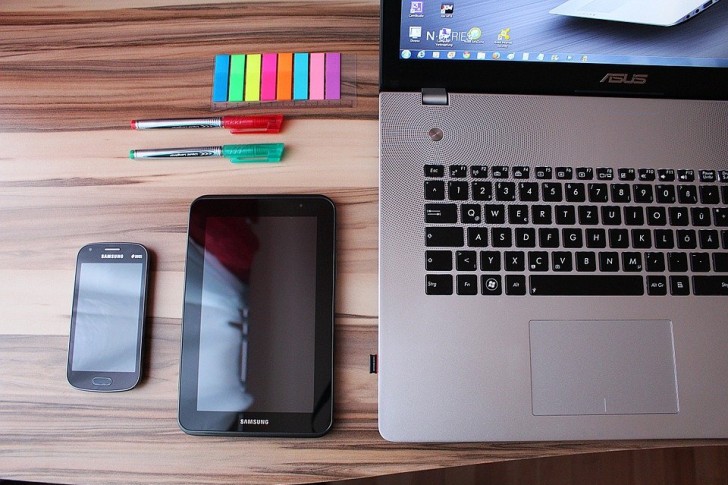
From the TV to the smartphones, the continuous use of these devices is part of our daily lives, and therefore we are used to recharging them often. But we often keep the power cables of the computer, television or even the chargers of the devices plugged into the plugs - and the same is true with objects such as food processors, hairdryers and more. The advice from experts is to keep nothing plugged in while not in use.
Hot water
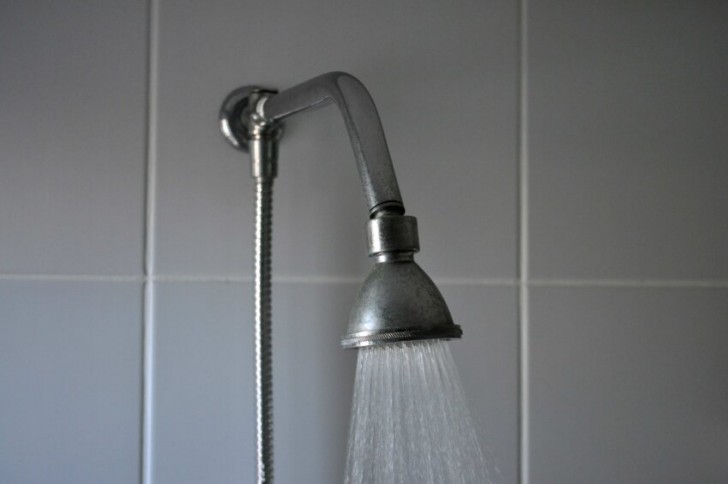
Electric water heaters (boilers) are other big energy consumer, so it is good to keep them on only when needed, and try to set the thermostat around 50°- 60°C (120°F - 140°F) in winter and 40°C (104°F) in the summer months.
Vacuum cleaners (hoovers)
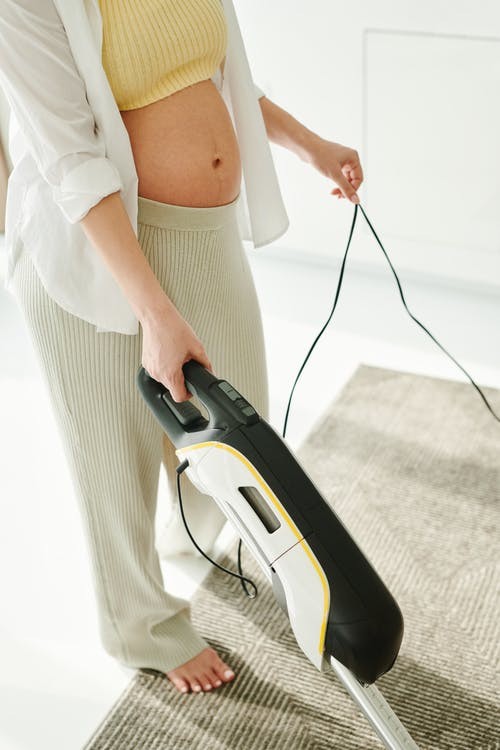
If you have a vacuum cleaner at home you will know that it is an invaluable ally in cleaning: it that saves time and cleans much better than hand tools, but even this appliance, as helpful as it is, consumes a lot of energy!
Lighting

Lighting consumes energy: we all know this instinctively, and it is literally the most obvious form of energy consumption in our homes. How can we manage this consumption? Choose energy-saving systems - consider systems that are efficient when there are light sources available so that you can turn them on only in certain areas of the room, and maybe install timers for the outside or for the rooms used less. Also, use low-energy bulbs.
Cooking
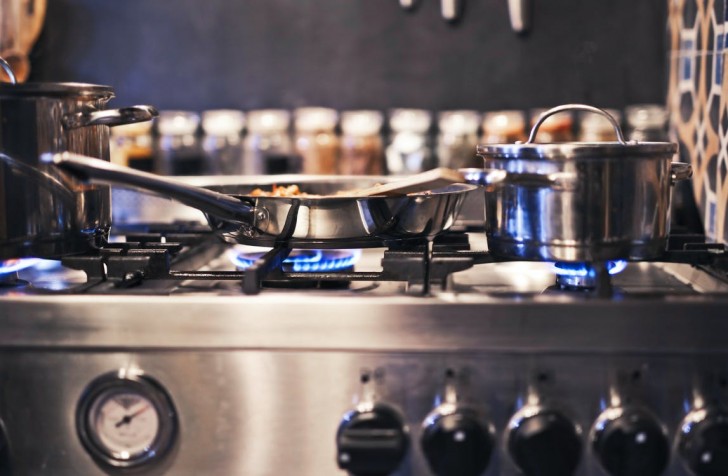
Electric stoves and ovens are estimated to account for around 10-12% of the total energy consumption of an average household.
Which of these energy consumers impact your daily life (and electric bills!) the most?

